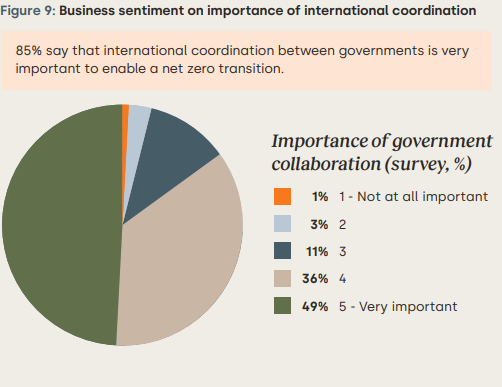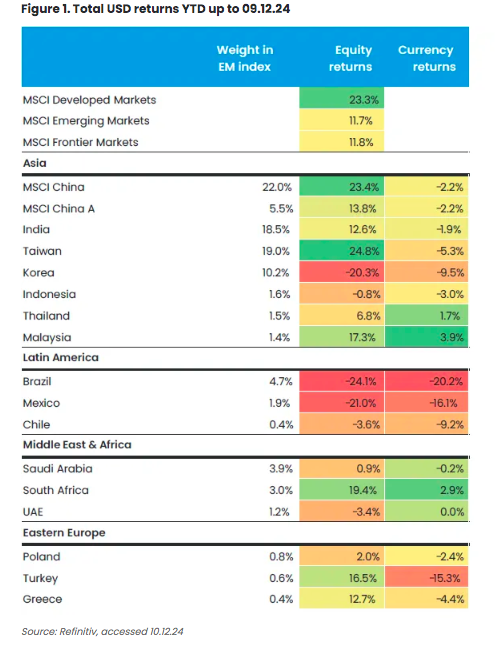Ready, Set, Go…: 124 Trillion Dollars Will Change Generations by 2048
| For Amaya Uriarte | 0 Comentarios

With trillions of dollars changing hands annually, the “Great Wealth Transfer” is in full swing. Amid the acceleration of wealth transfers, it is crucial for wealth managers, asset managers, and other industry participants to adopt best practices with their current relationships while also adjusting their service and product strategies to align with the future profile of the high-net-worth segment, according to the Cerulli report titled High-Net-Worth and Ultra-High-Net-Worth Markets in the U.S. 2024.
Cerulli estimates that wealth transferred by 2048 will reach $124 trillion, with $105 trillion expected to be inherited by descendants and $18 trillion directed to charitable causes. Specifically, nearly $100 trillion will be transferred by baby boomers and older generations, representing 81% of all transfers. More than 50% of the total transfer volume ($62 trillion) will come from high-net-worth and ultra-high-net-worth (HNW/UHNW) individuals, who collectively represent just 2% of all households.
“Projections for horizontal or intra-generational transfers indicate that $54 trillion will be transferred to spouses before eventually being inherited by descendants and charitable organizations. Nearly $40 trillion of these spousal transfers will go to widowed women from the baby boomer and older generations, creating a massive need and opportunity for providers in the wealth and asset management spaces,” the Cerulli report states.
Additionally, Millennials will inherit more than any other generation in the next 25 years ($46 trillion). However, Generation X will receive the majority of assets over the next 10 years, totaling $14 trillion compared to $8 trillion for Millennials. “Eventually, most of the wealth from older generations in the United States will be donated or transferred to Generation X or Millennial heirs. With $85 trillion earmarked for these generations collectively, providers who can establish relationships and adequately address the needs of these younger investors will be well-positioned for success,” explains Chayce Horton, senior analyst at Cerulli.
Considering these intergenerational and familial movements, Cerulli emphasizes that developing relationships with clients’ spouses or children is one of the primary long-term growth strategies among high-net-worth practices, as the urgency grows for wealth to transition from primary clients to their spouses and children. According to 89% of firms surveyed by Cerulli in 2024, holding family meetings and maintaining regular communication among family members is a key practice.
“Ultimately, there are notable differences in service and product preferences between women and next-generation clients compared to the current client demographic. As wealth transfers, these differences will likely shift market share in favor of firms best prepared to meet the needs of these recipients,” Horton concludes.











